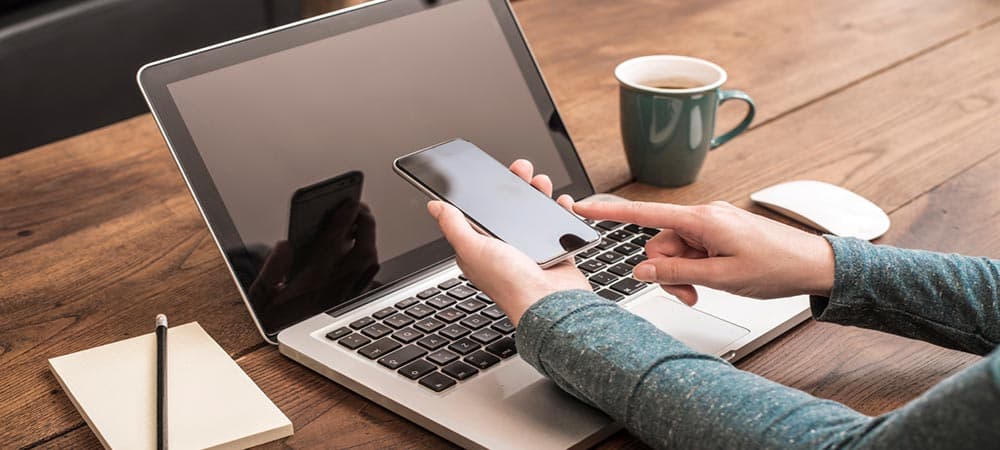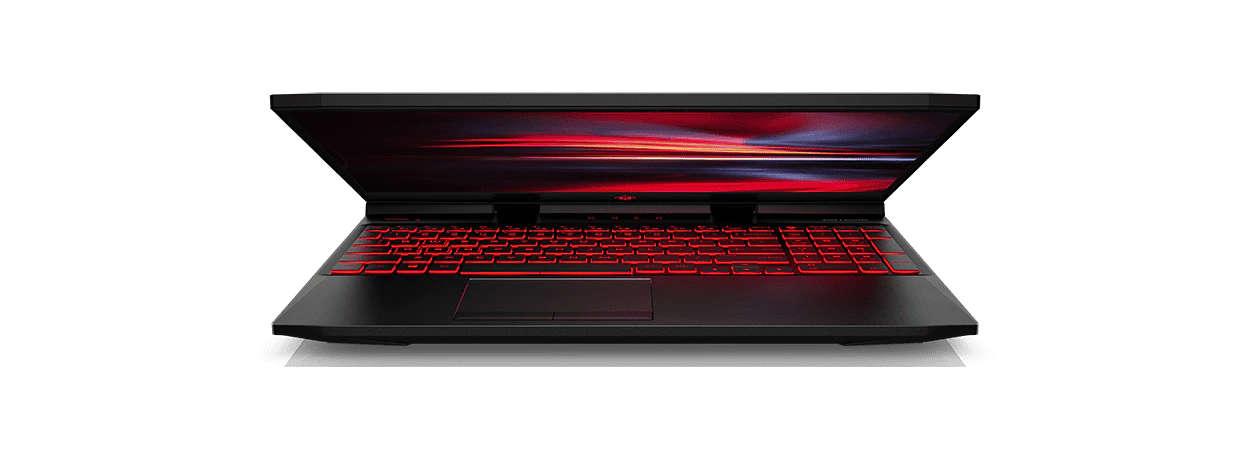Thank you for visiting the HONG KONG HP Store
-
Contact Us
CONTACT USChat with us
- Our specialist are here to help
- Live chat
- Sales
- 85264507529(WhatsApp)
-

- Post Sales
- 85230016720(WhatsApp)
Mon-Fri 8.30am - 5.30pm
(exc. Public Holidays)
Live product demo
Store finder Locate our storesSubmit feedback We value your opinion! - Location
- My Account
What is Screen Mirroring?


Have you heard of the term “screen mirroring?” While it may sound complicated, it’s relatively simple to do and opens up opportunities for device owners to share gaming experiences, presentations, and even movies on other screens. It’s changing the way we view media and makes it more accessible for those with small or outdated devices. Here’s everything you need to know about how to screen mirror your Windows device.
Screen mirroring explained
Mirroring is showing the exact same thing that’s on one screen on a second screen. It allows you to play the game or movie on your mobile phone, for example, and show it on your big-screen TV as well. Why would you want to mirror? It’s an easy way to share your device with others, it can make viewing small text easier, and it gives you the benefit of two screens without worrying about cables.
Different devices have different names for mirroring. Apple uses a technology called AirPlay, and Android devices may use SmartView. Windows 10’s version is referred to as Miracast technology.
What is the difference between screen mirroring and casting?
You may hear these terms used interchangeably, but they’re not exactly the same. While mirroring shows the audio and video you are sharing on both screens at the same time, casting shifts the display functionality from one device to another, so you only see it on one screen at a time.
If you mirror your phone to your desktop, for example, you’ll see your phone’s screen contents on both devices. If you cast from your phone to your smart TV, the screen contents will disappear from the phone and only appear on the TV. You may still have control over some of the content from your phone, such as pressing play or pause, but the viewing experience is limited to the second screen.
Google Chrome browser is one of the most popular casting technologies available. It allows you to use the browser to send the screen contents to a connected, compatible device. The most common device is the Chromecast, which pairs easily from a desktop computer.
Can you screen mirror without WiFi?
Most of the mirroring tech used today needs a wireless network to send the information. Does that mean that you can’t do it without WiFi? While it’s not impossible, using WiFi is preferred. Some mirroring and casting devices on the market can use available Bluetooth tech to send information from one device to another, but Bluetooth isn’t generally fast enough to capture full video. Bluetooth also has a more limited range and can’t send screen information to another room easily. If you want to mirror data between two rooms, wireless is best.
The more popular casting gadgets, as well as standard smartphones, will prompt you to connect to a wireless network before they can mirror or cast. If you don’t have access to a secure wireless network, connecting your devices with cables may be the better way to go. It also won’t require additional software in most cases.
How to mirror your screen
It’s fairly simple to mirror, but the exact process varies by device. Apple iOS has its own screen mirror technology, and the steps will be a bit different from mirroring other devices.
To mirror the information from your Windows 10 desktop or laptop, do the following:
1. Click on Settings from the Start Menu
2. Open the application
3. Choose System, then Display Settings
4. Scroll down to Multiple Displays
5. Click Connect to a wireless display
6. Wait for your device to appear
7. Click to connect
8. Follow any prompts to complete the connection, including passwords, PINS, or conformation codes between devices
To mirror information from another device to your Windows 10 desktop or laptop, do the following:
1. Click on Settings from the Start Menu
2. Open the application
3. Choose System, then Projecting to this PC
4. Make sure that Some Windows and Android devices can project to this PC when you say it’s OK is turned to
Available Everywhere or Available on Secured Networks
5. Indicate if you want to be asked every time you want to connect to this PC or just the first time. You can also indicate
if you would like to require a PIN and if you want to be able to project only when the PC is plugged into a power source
6. Save your settings and remember the name of your computer
You are now able to cast from any device with the proper software, such as Android phones and Windows tablets.
Not all Windows PCs and laptops are equipped with the Miracast technology to be able to share screens with the included Windows software. If you attempt to follow the steps above and don’t see options for screen sharing, you may not have the ability to do so.
You can always try to update your Windows operating system and drivers to see if that helps. Most newer computers with Windows 10 will have the Miracast technology and can connect to most non-Apple phones without extra third-party software or devices.
Additional screen mirroring tips
echnology has made it possible to use a variety of TVs, laptop screens, and even external monitors to display content from another device. The issue comes when trying to connect devices without compatible technology. Apple devices rely on Apple software and solutions, and Windows devices need Windows solutions. Even streaming TV gadgets may need extra permissions or tweaks to your network to be able to accept screen mirroring from your devices.
Mirroring is used for a variety of business and entertainment purposes, and it has changed the way we consume media. Don’t reserve your first-time mirroring for an important presentation or another event where you need everything to go perfectly. Play around with your devices to see how they best work together, and be sure to keep the firmware, drivers, and software updated on all of your gear to ensure the best experience possible.
- Our specialist are here to help
- Live chat
- Sales
- 85264507529(WhatsApp)
-

- Post Sales
- 85230016720(WhatsApp)
Mon-Fri 8.30am - 5.30pm
(exc. Public Holidays)
Live product demo








